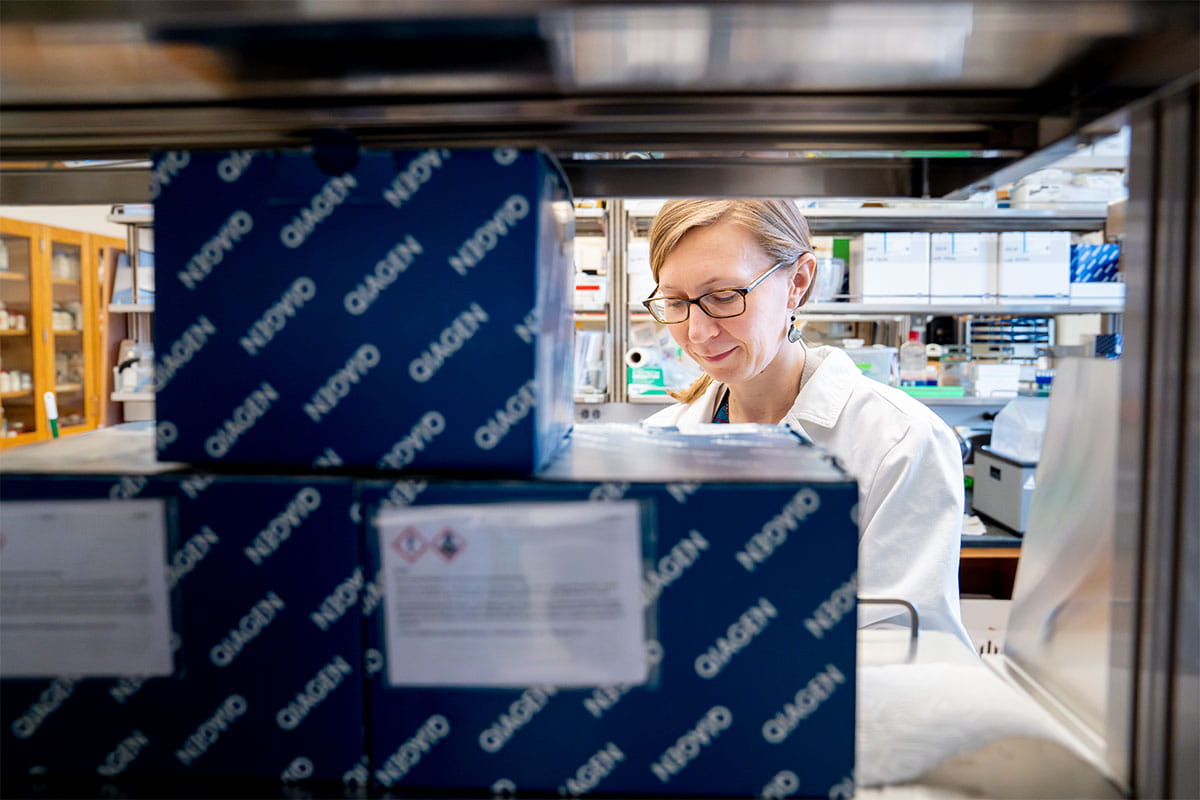
Our world is connected. From freshwater systems to forests, mountains, farms, deserts and oceans, each ecosystem affects the others. No system works in isolation, and linking everything together are vast networks of microbes. These unseen conductors live in intricate communities that communicate amongst themselves and with their habitats to the benefit or detriment of the surrounding organism. This is the power of the countless microbiomes that surround us.




